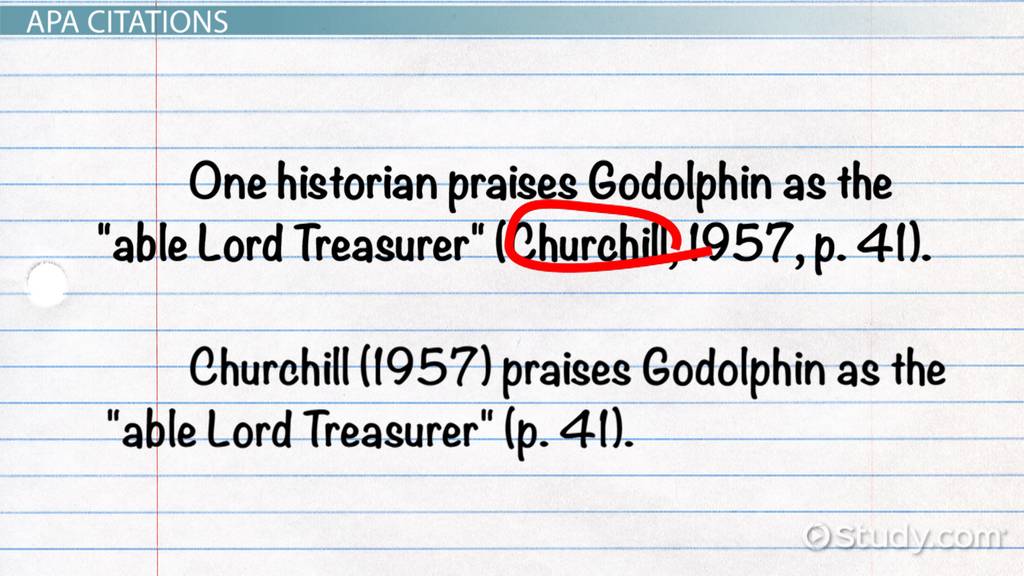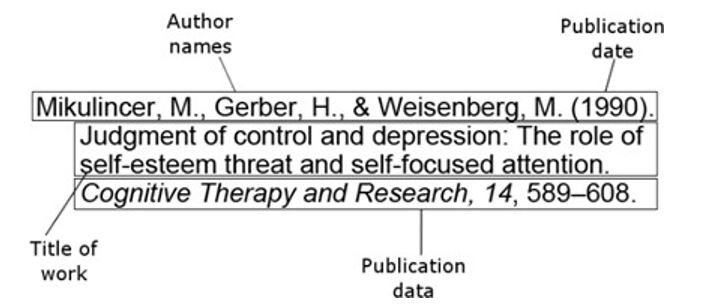How to Do Citations: A Step-by-Step Guide for Beginners
Citations are essential for academic and professional writing. They give credit to original authors and enhance credibility.
Whether you’re writing a research paper, an article, or a blog post, knowing how to do citations is crucial. Proper citations prevent plagiarism and allow readers to trace the sources of information. They also show your attention to detail and respect for intellectual property.
In this blog post, we will explore the basics of citations. We will look at different citation styles and provide simple steps to cite sources correctly. By the end, you will feel confident in your ability to create accurate citations for any type of writing. Let’s get started!

Credit: www.youtube.com
Introduction To Citations
Citations give credit to original sources and help avoid plagiarism. Properly citing sources strengthens your writing. Learn the basics of how to do citations correctly.
Importance Of Citations
Citations show where you found your information. They help readers trust your work. Citing sources gives credit to the original authors. This is fair and honest. Plagiarism is when you don’t cite sources. It is like stealing someone’s work.
Common Citation Styles
APA is used in psychology and education. MLA is common in literature and arts. Chicago is used in history and business. Each style has its own rules. These rules tell you how to format citations.
Choosing The Right Style
Selecting the appropriate citation style is crucial for academic writing. Different fields require different styles, like APA, MLA, or Chicago. Ensure consistency throughout your document for clarity and credibility.
Apa Style
APA style is used for social sciences. Include the author’s name and year. Example: (Smith, 2020). This style uses a reference list at the end.
Mla Style
MLA style is for humanities. Include the author’s name and page number. Example: (Smith 45). This style uses a works cited page at the end.
Chicago Style
Chicago style is used for history and business. Include footnotes or endnotes. Example: Smith, John. “Title.” Publication, year. This style has a bibliography page at the end.
Gathering Information
Find the author’s full name. Check for their credentials. Note the affiliation like a university or company. Write it down.
Check the date of publication. Look for the year first. Then find the month and day. Write the full date.
Locate the title of the source. It can be a book, article, or website. Write the title exactly as it appears. Use quotation marks if needed.

Credit: study.com
Formatting Citations
Properly formatting citations ensures your work is credible and easy to read. Use styles like APA, MLA, or Chicago to organize your sources. This helps readers find and verify the original materials.
In-text Citations
In-text citations help readers know where the information came from. Place the author’s name and the year of publication in parentheses. For example, (Smith, 2020). This format is common in many styles, like APA.
Reference List
A reference list appears at the end of your work. It gives full details of all sources used. Each entry should include the author’s name, the title of the work, the publication year, and other relevant details. Make sure all entries are in alphabetical order by the last name of the author.
Footnotes And Endnotes
Footnotes and endnotes are another way to give credit. They are often used in Chicago style. Footnotes appear at the bottom of the page. Endnotes are listed at the end of the document. Both types include the author’s name, title, and other details.
Using Citation Tools
Online generators help create citations fast. These tools are easy to use. Just enter the source details. The tool formats the citation correctly. This saves time. It also ensures accuracy. Many students and writers use these generators. They can handle various styles. Examples are APA, MLA, and Chicago. These tools are free. Some have extra features for a small fee. Always double-check the output for mistakes.
Reference management software helps organize sources. These programs store and manage citations. They can create bibliographies with one click. Popular options include EndNote and Zotero. Such software supports many citation styles. They also integrate with word processors. This makes writing easier. Some are free, while others need a purchase. This software can save lots of time. It reduces the risk of errors. Always keep the software updated.
Common Citation Mistakes
Citations need to follow a specific format. Different styles have different rules. APA, MLA, and Chicago styles are common. Mixing these styles is a common mistake. Always check the required style guide. This ensures your work is consistent and professional. Formatting errors can confuse readers.
Every citation must have all the needed details. Missing parts make the citation incomplete. Author names, dates, and titles are vital. Without them, readers can’t find the source. Ensure every citation is complete and accurate. This builds trust in your work.
Plagiarism is a serious issue. Not citing sources can lead to this. Always give credit to original authors. Direct quotes, ideas, and data need citations. This shows respect for others’ work. Plagiarism can harm your reputation. It’s important to cite correctly to avoid this.
Tips For Accurate Citations
Ensure sources are reliable for accurate citations. Use proper formatting styles like APA, MLA, or Chicago. Double-check all details for correctness.
Double-checking Sources
Always verify your sources. Ensure the information is reliable and up-to-date. Look for author names and publication dates. This makes your citations more credible.
Consistent Style Usage
Use the same citation style throughout your work. This could be APA, MLA, or Chicago. Each style has its own rules. Consistency is key. It makes your work look professional and organized.
Additional Resources
Explore a variety of tools and guides to help you with citations. Find templates, style guides, and online citation generators. These resources simplify the process and ensure accuracy.
Style Guides
Many style guides help with citations. APA, MLA, and Chicago are popular. Each has its own rules. They guide you on how to cite sources correctly. They also help you avoid plagiarism.Online Tutorials
Online tutorials can teach you how to do citations. Websites like Purdue OWL offer free guides. You can find videos on YouTube too. These resources show step-by-step instructions. They make learning easier.Library Assistance
Libraries often have staff who can help. Librarians know a lot about citations. You can ask them questions. They can show you how to use citation tools. Many libraries also offer workshops. These can be very helpful. “`
Credit: www.boisestate.edu
Frequently Asked Questions
What Are Citations In Academic Writing?
Citations are references to sources used in your writing. They give credit to original authors.
Why Are Citations Important?
Citations show where your information comes from. They help avoid plagiarism and lend credibility to your work.
How Do You Cite A Book In Apa Format?
Include the author, year, title, and publisher. Example: Smith, J. (2020). *Book Title*. Publisher.
When Should You Use In-text Citations?
Use in-text citations whenever you quote, paraphrase, or refer to someone else’s work. They appear within the text.
Conclusion
Mastering citations is essential for any writer. They give your work credibility. Accurate citations prevent plagiarism. Start small and practice often. Follow the guidelines of your citation style. Use tools and resources to help you. Proper citations elevate your writing quality.
Clear and correct references make your work trustworthy. With these tips, citing sources becomes easier. Keep learning and stay consistent. Happy writing!







